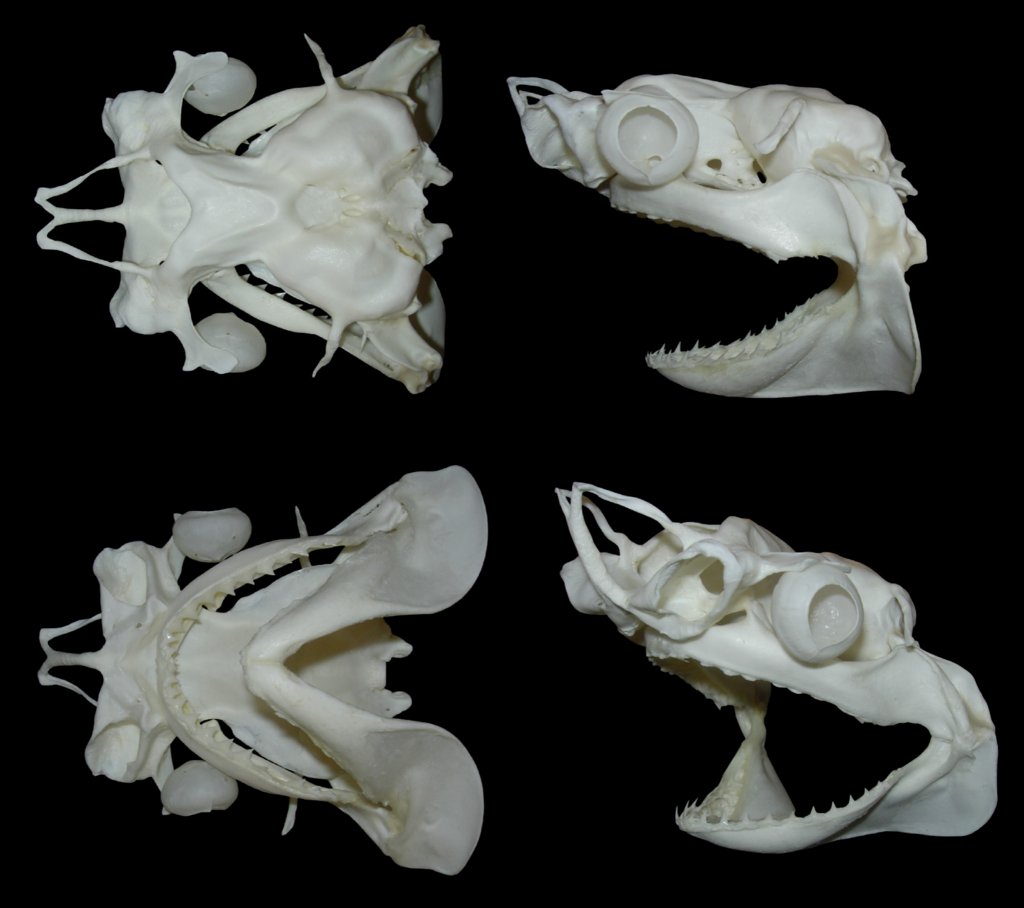Been a while since I posted anything here.
Still busy with our upcoming website, but in the meantime we have been working on a couple of really interesting projects, which are almost completed now, but I'll just post some early pictures for now.
We have been asked to clean a full shark and skate skeletons for a french natural history museum. This is a really exciting opportunity, and they look fantastic so far. The species are a school shark (Galeorhinus galeus) and undulate ray (Raja undulata). Both are male specimens caught off the coast of Brittany in France. The plan is to have them displayed next to their taxidermied versions, which were recently completed by Bernard Bourles, an excellent ichthyotaxidermist (his website can be found here:
http://www.poissons.net/).
Galeorhinus galeus. This specimen is a male around 1.20 m long.
Dissection of the gills, this part needs to be done very carefully as not to damage the delicate branchial rays and extrabranchials, which are visible on top of the gills here.
Raja undulata, male specimen as well. This is the largest skate I've been working on so far.
As with most skate, many parts of the body are covered with various kind of spines and thorns. These are located on the pectoral fins and make handling such a specimen a bit tricky as they are extremely sharp.
The tail is also covered with them.
Massive jaw musculature.
A couple of other projects we're currently working on is another full shark skeleton for a british aquaria, which should be completed very soon, and a few other critters as well, of which the most impressive is certainly this bowmouth guitarfish.
It's a small specimen that died in captivity. It's in good condition overall despite several issues with the skeleton, and shows some truly incredible morphological features.
Detail of the dentition. While many species have funky teeth, this species has always striked me as one of the most incredible chondrichthyan dentition.
Top view of the neurocranium during preparation. The cartilage was a bit damaged in the rostral area, but once again, really impressive thing. It's massive, and really looks like some bizarre hammerhead shark.
That's it for now, pictures of the finished specimens will follow soon!






























.JPG)